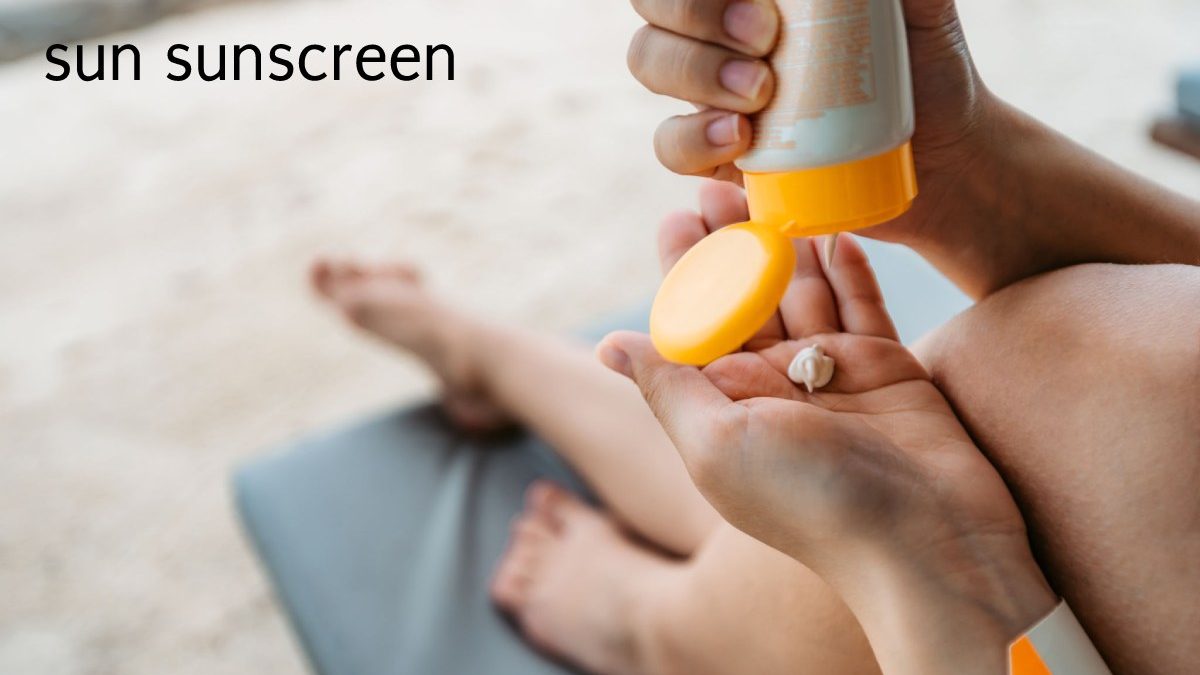Sunscreen – The correct use of sun protection is essential and reduces the risk of skin cancer. Summer, sun, sunburn: awareness of how UV rays can damage the skin has increased in recent years. However, there is a need to catch up regarding the correct use of sun protection.
Table of Contents
Awareness Of Sun Protection Is Increasing
Sunbeams have a mood-enhancing effect and boost the production of vitamin D. But sunburn, i.e. inflammation of the skin, can quickly occur without protection. And frequent sunburns increase the risk of skin cancer.
The awareness that sunscreen with a high protection factor is essential has increased significantly in recent years, But, It smears too little.
SPF 50 Becomes SPF 15
It should be two milligrams of sunscreen per square centimeter of skin, explains the dermatologist: “For one application, you need about 35 milliliters for an average body size.” So a whole bottle of sunscreen is necessary for a day at the beach.
Usually, only about a third of the recommended amount is used. To be safe, it is, therefore, advisable to use sunscreen with a sun protection factor (SPF) of 50. If you use a third of it, you end up with a protection factor of about 15.
Sun protection is also helpful in winter. The intensity of UVB rays is low during the cold season, and so is the risk of sunburn. According to Wolf, the UVA rays, which are responsible for skin aging, are not that much lower in winter than in summer.
What To Do With Sunburn?
“Sunburn disrupts the skin barrier. As a result, the skin dries out, flakes off, and the inflammation worsens,” explains Wolf. However, with care creams that give the skin moisture and fat, you can counteract this and build up the skin barrier again.
Depending on the ingredients, after-sun products also have their uses: “DNA repair enzymes, antioxidants and various substances from nature, such as extracts from the nopal cactus or aloe vera, can be effective.”
Mutations Lie Dormant In The Skin
The bad news: the skin remembers every sunburn because “the UV effect causes mutations in the genetic material.” A single mutation does not cause skin cancer, but “the mutations lie dormant in the skin and add up.” At some point, the skin cancer threshold reaches. The risk can be minimized at a later point in time by making sure that no new damage occurs.
Protection From Bacteria
The role of the skin’s microbiome is also currently being researched. “The skin microbiome is the sum of all bacteria, viruses, and other microorganisms that live on human skin and are in symbiosis with the human organism,” says Wolf. There is data from models showing that some of these bacteria produce substances that protect against skin cancer – “and these substances integrates into sunscreen.”
Conclusion
Sunscreen plays a crucial role in maintaining one’s skin from harmful UV rays. It is because the sun’s UV rays destroy the skin layer partially. So, sunscreen should be one significant product in our regular life.


